With Pick Up on South Street being a crime film there was of course quite a bit of violence. In order for the directors to pull of these graphic scenes they used different editing techniques as well as special effects. It was filmed in Brooklyn, New York as well as Los Angeles.
When it comes to filming fight scenes there are two popular techniques: improvised fighting or choreographed fighting. In an improvised fight scene the actors are told when and where it should start and end but everything in the middle is up to them. This technique can make a fight scene look more realistic, however, it does put a lot of pressure on the actors to get it right without having to redo the scene too many times. Choreographed fight scenes come with their own challenges as well. These take time to plan and take a lot of practice since each punch or kick is perfectly planned. A choreographed fight can also be done in multiple shots which gives more freedom to using special effects like fake blood (shutterstock). While Pick Up on South Street had a great deal of violence in it the fight scenes were never very complex. It seemed that specific tracking shots were used heavily to emphasize certain scenes.
There is a very long list of possibilities when it comes to camera angles while shooting a scene. In Pick Up on South Street they use close up shots during scenes where you might miss details otherwise. For instance, when Skip was on the subway with Candy the camera zooms in incredibly close on Skips 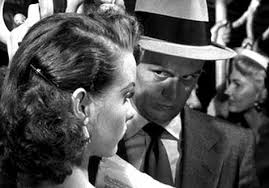 actions while he subtly folds up a newspaper and uses that to steal Candy’s wallet. Then in other scenes they used a wider angle in order to incorporate the action being shown. An example of this is when Joey is beating up Candy for not retrieving the films. The camera is in a fixed spot and has a perfect view of the whole room. The fight between Joey and Candy travelled
actions while he subtly folds up a newspaper and uses that to steal Candy’s wallet. Then in other scenes they used a wider angle in order to incorporate the action being shown. An example of this is when Joey is beating up Candy for not retrieving the films. The camera is in a fixed spot and has a perfect view of the whole room. The fight between Joey and Candy travelled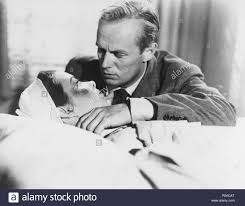 all over the room and a decent amount of damage was done. After the fight scene they show Candy in the hospital with significant bruising. This was done with special effects makeup.
all over the room and a decent amount of damage was done. After the fight scene they show Candy in the hospital with significant bruising. This was done with special effects makeup.
Not everyone was a fan of the violence shown in Pick Up on South Street or that the theme at hand was that an American could give up secrets against their government for the right price. Even the FBI tried to object to some of the scenes (senses of cinema).
A good amount of the film is shot on the waterfront near the East River. There were also some scenes shot in Los Angeles but dressed up to look like New York. An example of this is when Candy goes to give the FBI the film they want so badly (scoutingny). They chose a spot on South Grand Avenue in Los Angeles that had some buildings that had a New York feel to them.
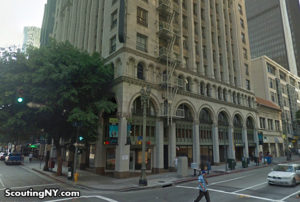
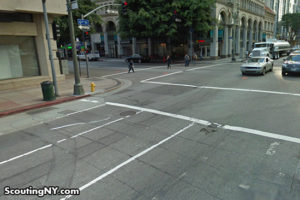
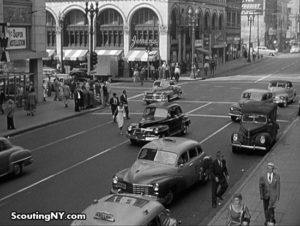
http://sensesofcinema.com/2014/great-directors/samuel-fuller/
https://www.shutterstock.com/blog/production-tip-film-fight-scene

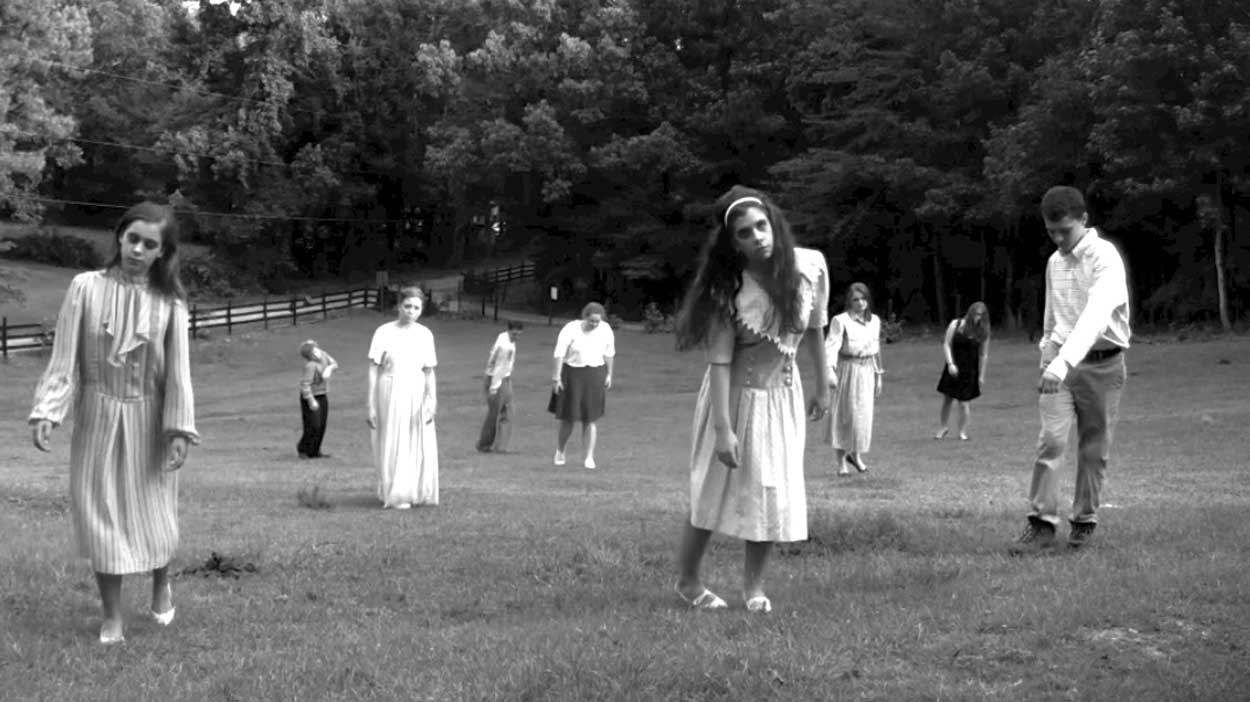


/cdn.vox-cdn.com/uploads/chorus_image/image/55823555/livingdeadcover.0.jpg)

